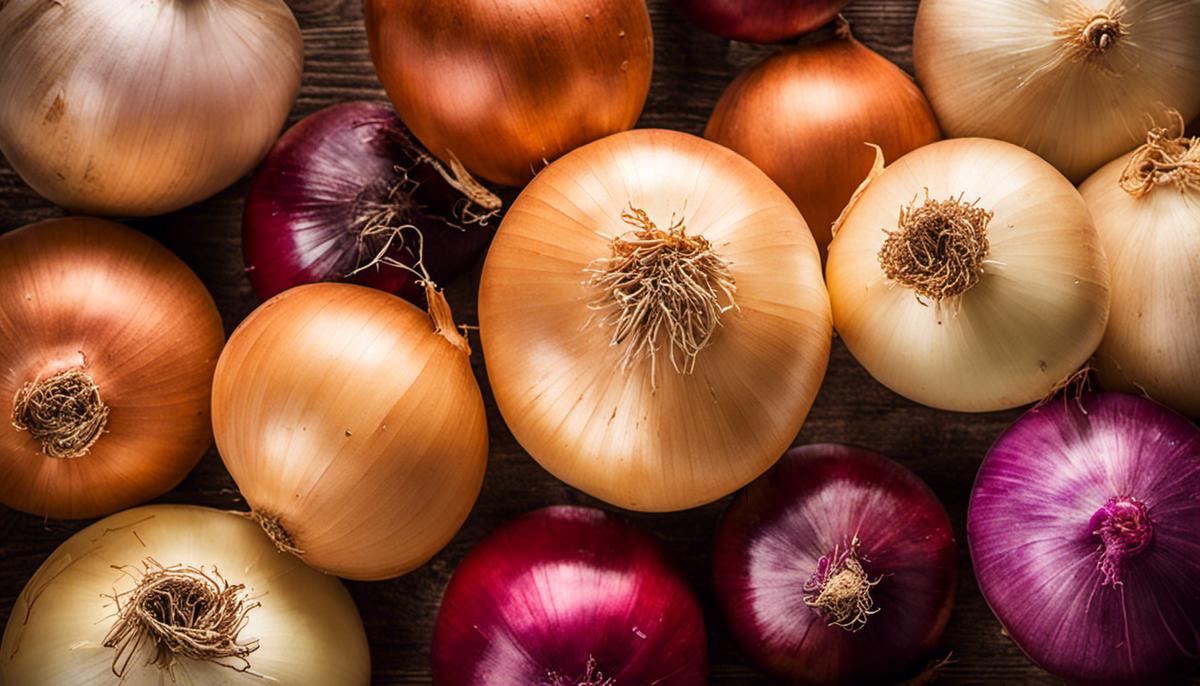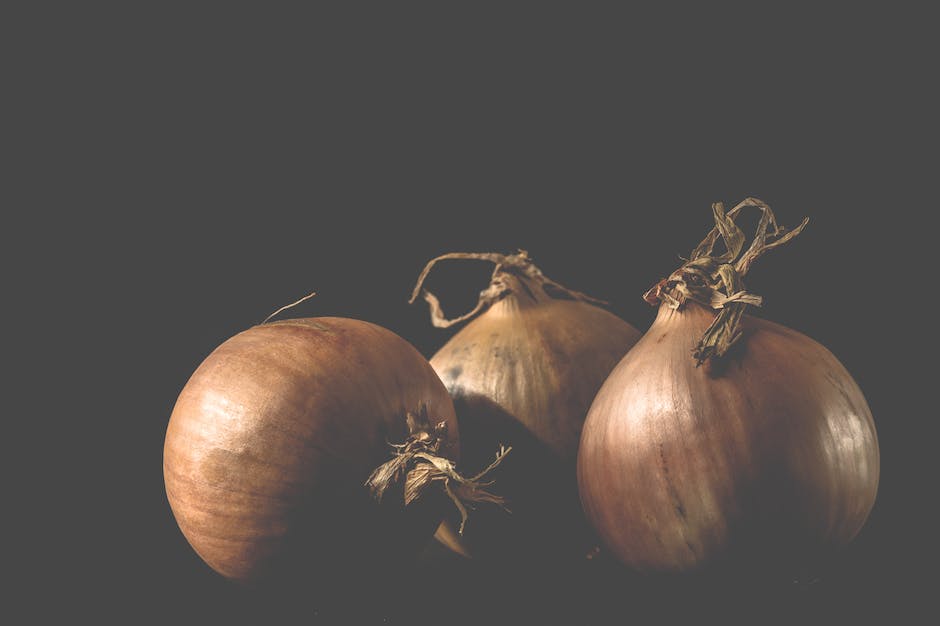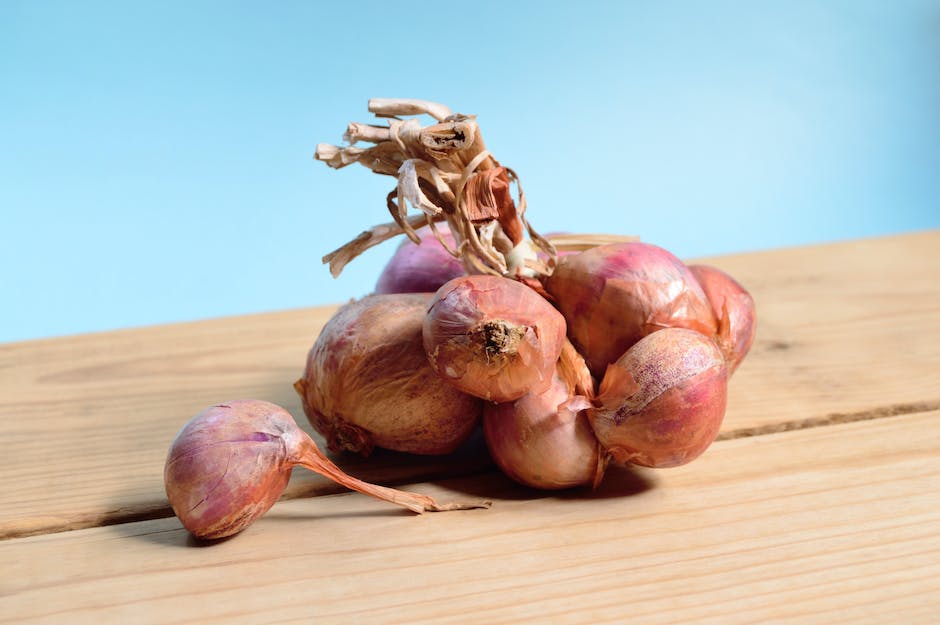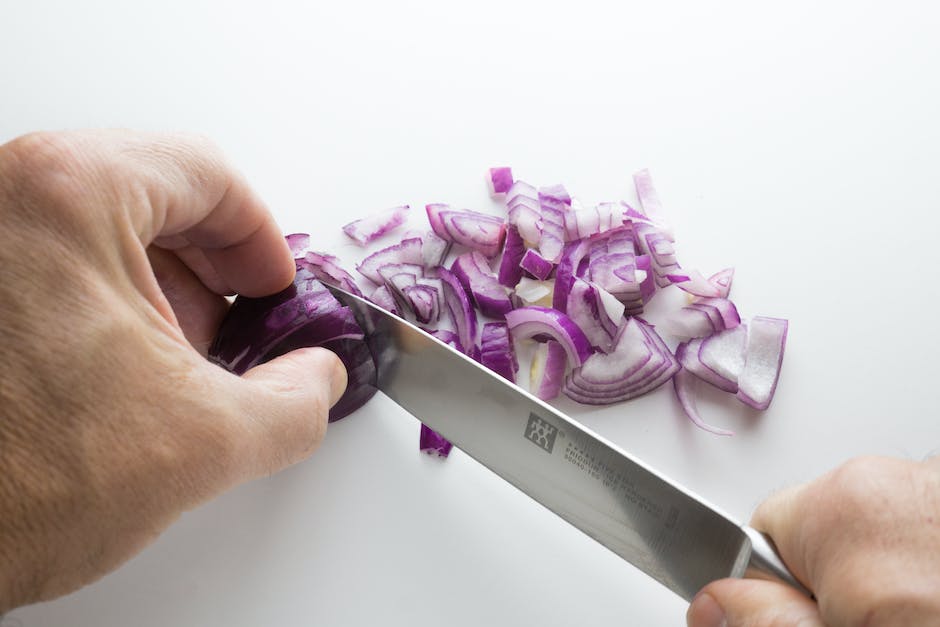Grow Lush Onions in a Pot: A Simple Guide

Onions are a staple ingredient in many cuisines, renowned for their flavorful contribution to a myriad of dishes. As versatile as they are in the kitchen, they are equally adaptable in the gardening realm as well. Cultivating onions in a pot is a rewarding pursuit that carries the potential to yield a bountiful crop right from your own backyard, patio, or even balcony. The journey of growing onions at home commences with the selection of the right onion varieties. Further steps involve understanding the criticality of pot selection and its preparation, followed by planting, caring for, and harvesting the onions. This comprehensive guide will walk you through the complete process to help turn your onion-potting endeavor into a success story.
Selecting the Right Onion Varieties
The Incredible World of Potted Onions: Must-Grow Varieties for Every Green Thumb
Delving into the fascinating world of potted onions is a journey of continuous discoveries. Let’s face it, there’s something deeply satisfying about growing your own food, and onions, with their heady aroma and distinct flavors, are no exception.
Onions are fantastic crops to grow in pots. The appeal of nurturing these pungent bulbs at home is two-fold: not only are they easy-to-grow but they are also space-efficient, fitting into any spot you have available. So, let’s take a closer look at which onion varieties have proven to be the best performers when grown in pots.
Top of the list is the ever-popular Green Onion, also known as scallions or spring onions. These versatile plants flourish in containers, producing delectable, slender spears that can be harvested within two months of planting. They’re great for adding an extra pop to salads, stir fries, and other dishes.
For those who want a bit more spiciness in their dishes, the Red Baron offers a bold flavor and an impressive growth habit perfect for pot cultivation. This variety is a cold-hardy performer, producing medium-sized, ruby-red bulbs that promise to add color and zest to your meals.
The Sweet White Onion is another variety that has proven to be an ideal fit for pot cultivation. Known for its sweeter, less pungent flavor, this onion creates a delightful contrast in dishes that call for a milder onion taste. Not to mention, the bulbs are quite large in size, offering plenty of produce from a single plant.
Shallots, though not traditionally considered onions, are undoubtedly worth mentioning. Easy to grow and packed with punchy flavor, their unique growth habit leads to multiple bulbs sprouting from a single planted clove, making them a highly rewarding addition to your potted onion arsenal.
Last but not least, the Pearl Onion is an absolute gem to grow in pots. This pint-sized onion variety couldn’t be more perfect for smaller containers. Don’t be fooled by their size, though, these little onions pack quite a flavorful punch and can be used in just about any dish.
When tending to your potted onions, remember to ensure plenty of sunlight and regular watering for optimal growth. Potting soil should be well-draining yet retain moisture, and the pot should offer enough room for the onion variety selected.
Pot onions, transform kitchens! These fabulous varieties prove that where space is limited, growth remains potential. Whichever variety tickles your gardening fancy, rest assured that onions, with their hardy nature and culinary versatility, make excellent pot plants. With effort, sunshine, and love, even the smallest pot can yield the most delicious onion harvest.

Pot Selection and Preparation
The Art of Perfecting Pot Selection and Preparation for Onion Cultivation
Ready to make your onion growing venture a sure-fire success? A crucial but often overlooked step in nurturing your pot-friendly onion varieties from bulb to bounty is the selection and preparation of the right pot. This is a cornerstone requirement irrespective of whether you have set your heart on the Green Onion, the lush Red Baron, the flavorful Sweet White Onion, the exquisite shallots, or the cute little Pearl Onion.
The basics start with size. Onion roots are robust and love to stretch out. The thumb rule in choosing the right pot size is to always opt for a pot diameter which is at least 10-12 inches. This leaves room for multiple bulbs to be accommodated with a gap of at least four inches between them. Going vertical? Select a pot with a depth of at least six inches for the roots to anchor firmly.
Material matters! Plastic pots keep the soil moist, vital for onion growth, while clay pots are porous, allowing the soil to breathe and prevent root rot. However, if your region is excessively hot, avoid plastic, because it can overheat, causing root damage.
Now, on to pot preparation. Begin by ensuring your chosen pot has ample drainage holes to alleviate any chances of waterlogging. Onions abhor waterlogged roots! They need moist soil, not too dry, not too wet.
Follow this up with a layer of gravel or pebbles at the bottom of the pot. Why? This is your insurance against water stagnation – an excellent way to facilitate drainage. In addition to this layer, you might want to consider placing a coffee filter at the bottom of the pot. This will prevent soil from escaping through the drainage holes over time.
Next, fill your pot with a well-draining potting mix. Onions prefer soil that is slightly acidic, so aim for a pH level between 6.0 and 7.0. You can enrich the soil with compost or a balanced, slow-release granular fertilizer to ensure the bulbs get all the nutrients they need. Remember, the better the soil is at the outset, the less you’ll need to worry about ongoing maintenance.
Finally, don’t forget to position your pot correctly. Place it in a location that gets at least six hours of sunlight every day, since onions adore the sun. Regular watering is vital, but be wary of overwatering.
To recap: consider the right size and material for the pot, prepare it properly with ample drainage, and make sure to fill it with nutrient-rich, well-draining soil. Follow these steps diligently, and you’re well on your way to growing a bountiful pot of luscious onions.
Happy harvesting!

Planting, Caring, and Harvesting
Now that we’ve got our groundwork laid, let’s dive in further into the nuances of planting, caring for, and harvesting onions in a pot.
Kick-starting the onion growing journey, it’s vital to start with the onion sets or onion seeds – whichever suits your fancy. Onion sets are tiny, immature onions that can be cultivated right into the pot. If you prefer starting from scratch, opt for the seeds. While seeds take a bit longer to reach maturity, they often produce healthier, more vigorous plants. Onion sets, on the other hand, provide an easy and quick method of getting a head start on the onion harvest.
Planting the onions is as simple as making a small hole about 1-2 inches deep in your prepared soil and gently placing your onion set or seed in the hole. Cover it loosely with soil, keeping the very top of the set or seedling exposed to absorb sunlight. Space the onion sets or seeds around 4-6 inches apart to give them room to grow and breathe.
To nourish your prized onion babies, remember two golden rules: don’t be stingy with water and don’t be frugal with fertilizer. Ensure the soil is kept evenly moist but not water-logged as soggy conditions can invite bulb rot.
Additionally, a balanced liquid fertilizer, applied every few weeks during the growing season, will do wonders for your onions. Onions are particularly greedy for nutrients, so feed them well for a plentiful harvest. Keep an eye out for any pests or diseases which could infest your onions, and treat them immediately with the relevant organic solutions.
As far as maintenance goes, aim to keep competing weeds at bay. Gardeners should beware of unwanted invaders that could hog resources meant for your potted onions. Regular weeding ensures your onions have uncompromised access to shaded sunlight, nutrients, and water.
Now, for the finale we’ve all been waiting for – the harvest! The beauty of potted onions is you can harvest them as and when you need, especially if you’re growing green onions or scallions. For bulb onions, a clue to know they’re ready for harvest is when their tops have become yellow and started to fall over. Gently pull them up or dig them out with care using a small garden fork, and leave them to dry in a protected, sunny spot for a day or two.
They are then ready to be used fresh, or for longer term storage, allow them to dry further in a warm, dry location for about two weeks. Don’t forget, always snip off the tops and root part, then store them in a cool dry place until you’re ready to use them.
There you have it, fellow horticulturists! Planting, caring for, and harvesting your own potted onions doesn’t have to be a Greek puzzle. But the taste of success, biting into that crispy, home-grown onion, makes every bit of effort worth it! Happy gardening and hearty cooking!

Through an understanding of the different onion varieties, pot selection, and pot preparation, you can set the foundation for a successful onion harvest. The knowledge of planting, caring for, and harvesting your onion plants will ensure the health and the yield of your crop. The joy of seeing your onions grow from seed or bulb to full maturity is a rewarding experience and will only enhance your culinary adventures. It is an empowering journey that allows you to participate in the magic of nature and unveil your inner gardener. So gather your gardening tools, embrace the knowledge you’ve acquired, and embark on your onion-growing journey right in your own pot.



